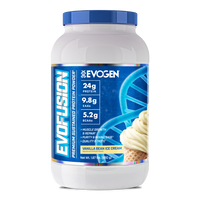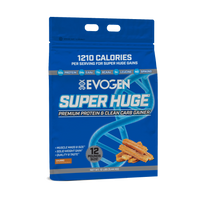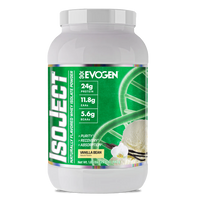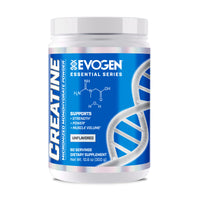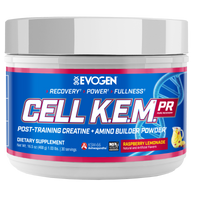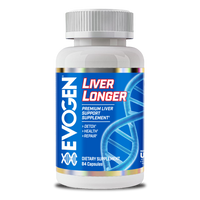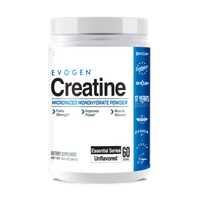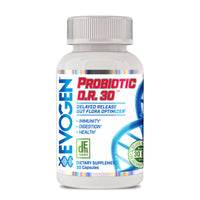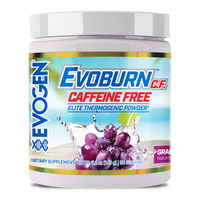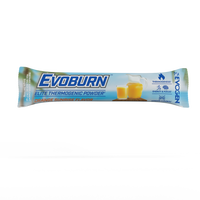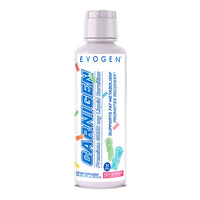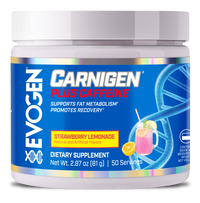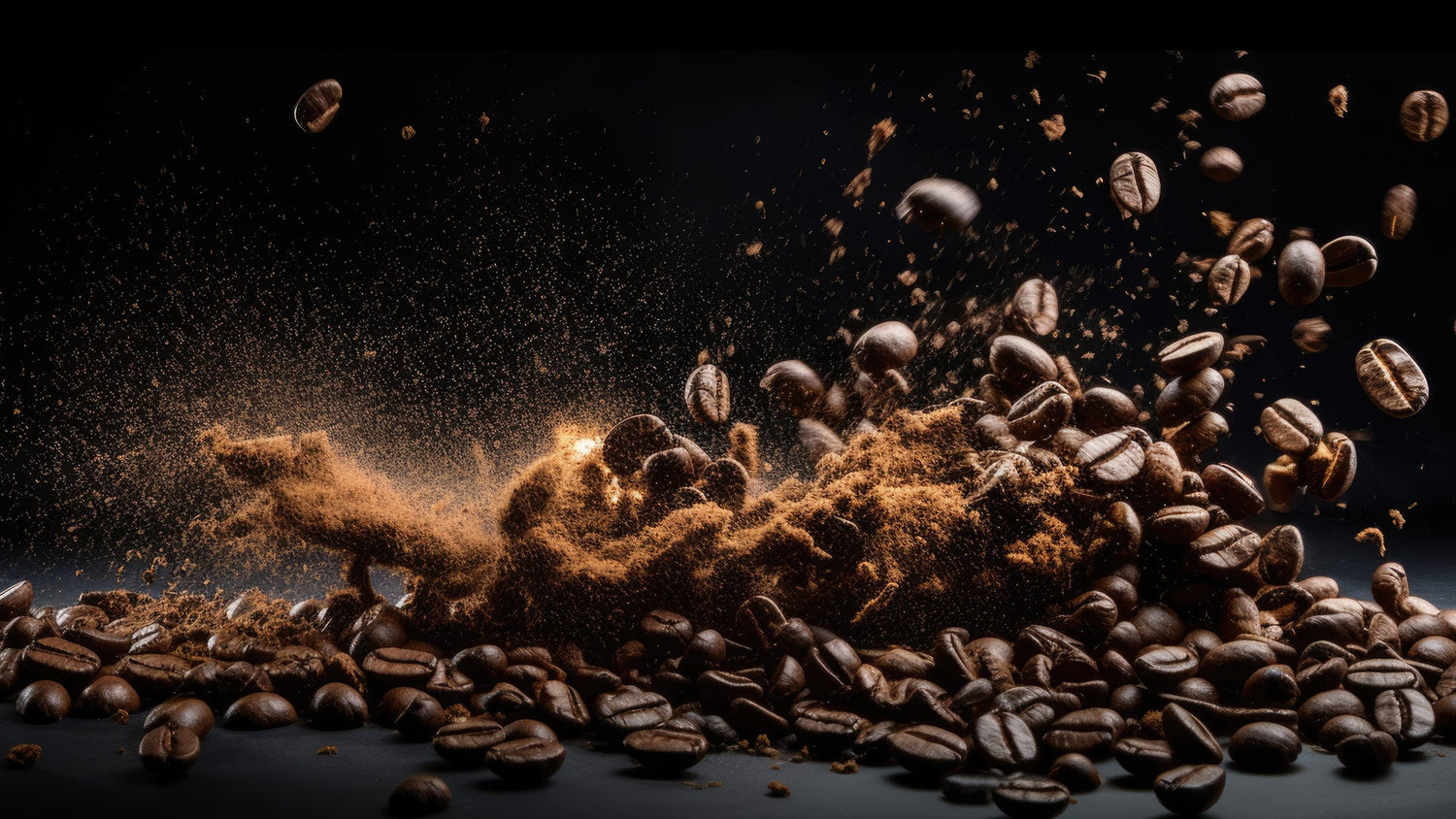For many of us, the day starts once we take that first sip of coffee. Am I right? Caffeine, in all its forms, has an uncanny way of jump-starting our mornings and keeping us going through the day. And when we skip our caffeine fix for any amount of time, caffeine withdrawal may set in, which isn’t a pleasant experience.
On average, American adults drink about 135 mg or around 1.5 cups of caffeine daily, roughly two cups of coffee’s worth, and some folks can handle even more without a hitch.
We all know caffeine works like a charm, right? It’s that trusty pick-me-up that banishes fatigue and ushers in alertness. But did you ever wonder how it does that? The secret lies in caffeine being a central nervous system stimulant, stirring up nerve activity in the brain.
Yet, there’s a twist. If you’re a regular caffeine consumer, your body’s gotten used to this daily pep talk. When the body becomes dependent on caffeine, eliminating it from the diet can lead to withdrawal symptoms that typically emerge 12 to 24 hours after discontinuing caffeine.
Caffeine withdrawal is a recognized medical diagnosis that can affect anyone who regularly consumes caffeine. Caffeine withdrawal can lead to a variety of symptoms, including headaches, feelings of anxiety, irritability, and a noticeable dip in energy levels.
In this article, we are going to dive deeper into a topic that hit me like a Mike Tyson right hook when I stopped consuming so much caffeine throughout the day. We’ll talk about caffeine withdrawal, its symptoms, and how you can overcome its effects.
Disclaimer: It is recommended that you speak with your doctor if you feel you’re suffering from low energy. It may be a more serious condition than simply needing caffeine. You should also talk with your doctor before adding any supplements into your daily regimen to ensure you are healthy enough to use the products.
What is Caffeine Withdrawal?
Caffeine withdrawal happens when someone who regularly consumes caffeine stops. This sudden cessation can lead to a rapid onset of withdrawal symptoms, affecting the ability to perform even the most basic tasks.
Withdrawal symptoms typically start around 12-24 hours from the last dose of caffeine, which means that if the last cup of coffee was consumed at 10 in the morning yesterday, withdrawal effects might already be felt upon waking up this morning.
Caffeine Withdrawal Symptoms to Look Out For
Reducing your caffeine intake abruptly can have various effects on your body. Below are some of the most popular caffeine withdrawal symptoms:
1. Headache
Headaches top the charts as the most common caffeine withdrawal symptom experienced by individuals. These headaches are thought to be a result of changes in blood vessel size and blood flow to the brain. When caffeine consumption is stopped, blood vessels start to dilate, allowing for increased blood flow to the brain. This shift can trigger headaches and, in some cases, even migraines.
In a study conducted in 2009, it was discovered that a relatively small amount of caffeine, just 250 milligrams (equivalent to less than three cups of coffee), could lead to a significant reduction in cerebral blood flow, up to 27%. This effect is believed to be associated with caffeine’s tendency to cause blood vessels to constrict. When caffeine intake is decreased or discontinued, it permits blood vessels to dilate, resulting in increased blood flow to the brain.
Interestingly, caffeine is a common ingredient in medications designed to alleviate headaches. Therefore, if you’re considering quitting caffeine, it’s essential to be vigilant about reading labels when you’re thinking about using over-the-counter (OTC) medications to relieve your headache.
2. Anxiety
When you abruptly stop caffeine consumption, it can trigger anxiety. This reaction is believed to stem from a combination of physiological and psychological factors. It is also important to note that anxiety can become especially pronounced when caffeine is often paired with sugar, such as adding sugar to your coffee or consuming it in sugary beverages like soda.
3. Fatigue
Caffeine, a central nervous system stimulant, prevents drowsiness by blocking adenosine, a natural sleep-inducing chemical. If you’re a regular caffeine user (or a caffeine abuser in my circumstance), your body increases adenosine receptors in your system, making you more sensitive to it. When you quit caffeine, those receptors are no longer blocked, making you extra susceptible to drowsiness.
As an example, a 2012 study involving 213 habitual caffeine consumers highlighted that refraining from caffeine intake for a mere 16 hours led to higher feelings of fatigue. Interestingly enough, individuals who consumed caffeine on a daily basis experienced more severe withdrawal symptoms, particularly increased fatigue, compared to those who consumed it only a few times a week.
When you’re in the process of quitting caffeine (or at least cutting back your intake), it’s wise to plan for some extra rest and ensure you stay adequately hydrated to combat the inevitable fatigue that comes with this transition.
4. Lack of concentration
Caffeine’s impact on the brain’s chemicals can influence concentration and memory. In a 2019 study, as little as 80 milligrams of caffeine improved working memory and reduced response time in participants.
In addition to that, a 2016 study proposed that regular caffeine consumption could lower the risk of dementia and cognitive decline in women aged 65 and older. Quitting caffeine suddenly may lead to difficulty concentrating, as adenosine molecules, no longer blocked by caffeine, may induce fatigue and hinder focus.
5. Muscle pain
Muscles are essential for supporting and enabling body movement, ensuring we can flex and generate energy. They not only provide structural support but also contribute to metabolism through proteins in the bloodstream. Caffeine withdrawal is typically benign, but when it induces muscle discomfort, it can hamper protein breakdown. This can cause muscle pain and weakness.
6. Hand tremors
Tremors, or uncontrollable shaking, often in the hands, are a well-documented symptom of caffeine withdrawal. The exact cause of these tremors remains somewhat unclear, but it is known that caffeine acts as a stimulant for the central nervous system, including the brain and spinal cord.
Tremors typically arise from issues within the parts of the brain responsible for regulating movement. Tremors linked to caffeine withdrawal usually manifest in the hands and are generally expected to subside within a window of 2 to 9 days.
7. Irritability
Frequent coffee drinkers are often known for their morning grumpiness, which caffeine might be to blame for. The irritability many experience can be due to caffeine’s relatively short duration in the body, typically around five hours, causing withdrawal-like symptoms even after a night’s sleep.
For those heavily dependent on caffeine, reducing their intake without affecting their mood can be a real challenge.
In a 2012 study involving 94 caffeine-dependent adults, a striking 89% of participants expressed their desire to cut back on caffeine but struggled to do so due to withdrawal symptoms, including anger and irritability.
How to Cope Caffeine Withdrawal and Reduce Symptoms
People can prevent caffeine withdrawal symptoms by slowly reducing caffeine intake over time. It is a slow but effective process in the long run.
According to a 2019 study, gradually reducing caffeine intake over a period of 6-weeks led to long-term, successful caffeine cessation with almost no side effects.
Here are some ways you can avoid caffeine withdrawal symptoms:
- Reduce intake slowly: Going cold turkey on caffeine can be a shock to the system, intensifying withdrawal symptoms. Gradually reducing caffeine intake can help minimize these unpleasant side effects.
- Stay hydrated: Dehydration can lead to headaches and fatigue, making it crucial to stay well-hydrated when reducing caffeine intake.
- Get enough sleep: Adequate sleep fights fatigue and reduces the body’s dependency on caffeine. Being well-rested can lessen the need for caffeine.
- Boost your energy through alternative means: Combat low energy with a diet rich in nutrients and regular physical activity.
How Long Does Caffeine Withdrawal Last?
A 2004 review revealed that caffeine withdrawal symptoms usually kick in 12 to 24 hours after caffeine intake, peaking at approximately 20 to 51 hours. These symptoms generally endure for about two to nine days.
Although you can’t rush the withdrawal process, you can reduce symptom intensity by gradually reducing your caffeine intake. For instance, you could opt for a single shot of espresso in your latte instead of two, dilute your coffee with decaf, or transition from coffee to green tea, which contains less caffeine. You could even go from a soda that includes caffeine to zero-caffeine varieties.
No Stimulants? No Problem!
For those of you who are trying to minimize or completely eliminate your caffeine intake and make your way through caffeine withdrawal, you’re probably curious about what to do around your workouts. Most people use heavy-stim pre-workouts without realizing they can still get in a killer workout without the use and inclusion of caffeine.
Hany Rambod worked tirelessly to formulate stim-free pre-workouts that still help you push your body to the limit while also maximizing your muscle pump in the gym. That’s where Evogen Nutrition EVP-3D and EVP AQ truly shine.
Related Article: Non-Stim vs. Stim Pre-Workout Optimal Timing
These muscle-volumizing pre-workouts are free from stimulants, such as caffeine, and can be used as a standalone supplement or even stacked together for unimaginable pumps that can have you looking like a cartoon character with their muscles full of helium.
If you’re trying to shift away from all the caffeine you typically consume on a daily basis and are working through caffeine withdrawal, your workouts don’t need to suffer. Add EVP-3D or EVP AQ to your pre-workout regimen and find out why so many people have made the switch over to our premium stim-free pre-workout products!

